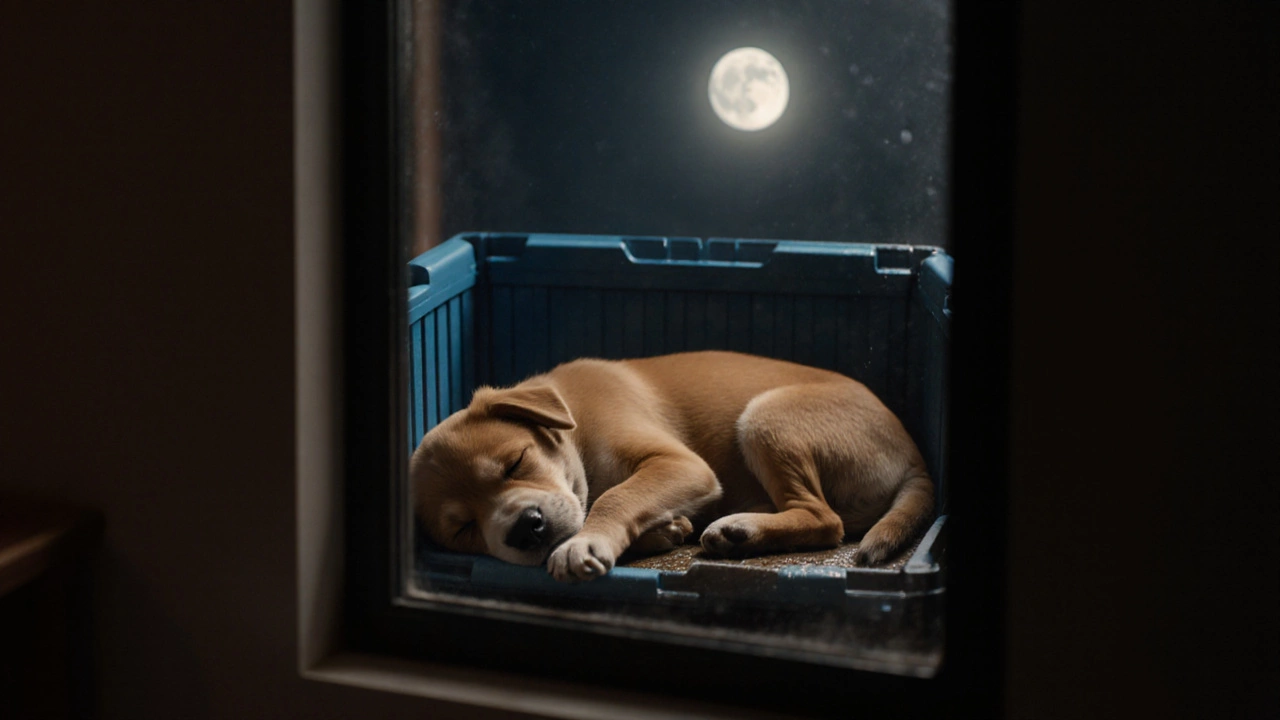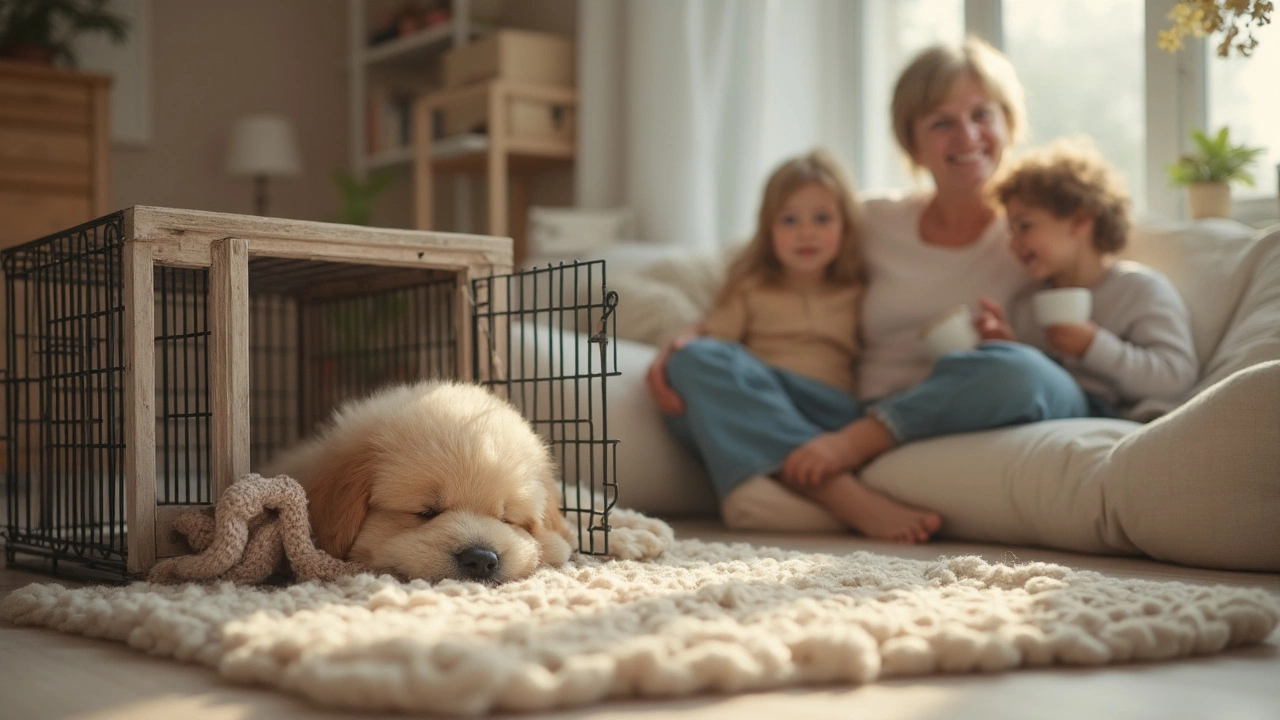Puppy Crate Training Made Simple: A Practical Guide
Got a new puppy and wondering how to turn a metal box into a cozy den? Crate training isn’t about punishment – it’s about giving your pup a safe spot and teaching good habits. Below you’ll find the exact steps that work for most owners, plus a few tricks to keep the process stress‑free.
Set Up the Crate the Right Way
First, pick a crate that’s big enough for your puppy to stand, turn around, and lie down, but not so large that they can use one corner as a bathroom. A good rule of thumb: add a few inches to their adult length. Place the crate in a low‑traffic area where the family hangs out – think the living‑room corner or a hallway near the kitchen. Add a soft blanket and a chew‑proof toy to make it inviting.
Don’t forget the door. Keep it open at first so the pup can explore without feeling trapped. Let them sniff, hop in, and get comfortable. If they’re hesitant, toss a favorite treat inside and praise them when they step in.
Build a Consistent Schedule
Routine is the secret sauce. Puppies thrive on predictability, so set regular feeding, potty, and play times. After meals, take your pup straight to the crate for a short “stay” period – 5‑10 minutes at first. If they stay quiet, open the door, let them out, and reward calm behavior.
When you need to leave the house, start with short absences – 5 minutes, then 10, then 15 – gradually working up to a few hours. Always make sure they’ve peed and burned off energy before you go. If they whine, wait a minute before responding; you don’t want to teach them that crying opens the door.
Nighttime is usually the toughest. Put the crate in your bedroom or just outside the door so the pup can hear you. Take them out for a potty break right before bed, then settle them in. A quick “good night” and a brief check‑in after an hour can calm anxious pups without turning the crate into a night‑light.
Remember, consistency beats occasional long sessions. A solid schedule tells the puppy they’re safe, and the crate becomes a place they choose, not fear.
With the right setup and a reliable routine, crate training can be a win‑win – your puppy gets a den, and you get a cleaner house. Keep the tone upbeat, reward calm behavior, and you’ll have a happy, well‑trained pup in no time.
Posted By Bryndle Redding On 30 Nov 2025 Comments (0)
Will a Puppy Pee in a Crate at Night? Here’s What Really Happens
Puppies often pee in their crates at night-not out of disobedience, but because their bladders aren't fully developed. Learn why it happens, how to prevent it, and what to do when accidents occur.
READ MOREPosted By Bryndle Redding On 14 Jun 2025 Comments (0)
Should I Shut the Crate Door When My Puppy Naps? Practical Guidance for Puppy Owners
Wondering if you should close the crate door when your puppy is napping? This article breaks down the pros and cons of keeping the crate door closed or open during naps. You'll find clear tips for making crate time a positive experience, practical safety advice, and what to watch for to make sure your puppy feels secure. Learn how to spot signs of discomfort and help your puppy feel at ease with crate time. Know exactly when and why to close (or leave open) that crate door for the best rest—for you and your pup.
READ MORE
